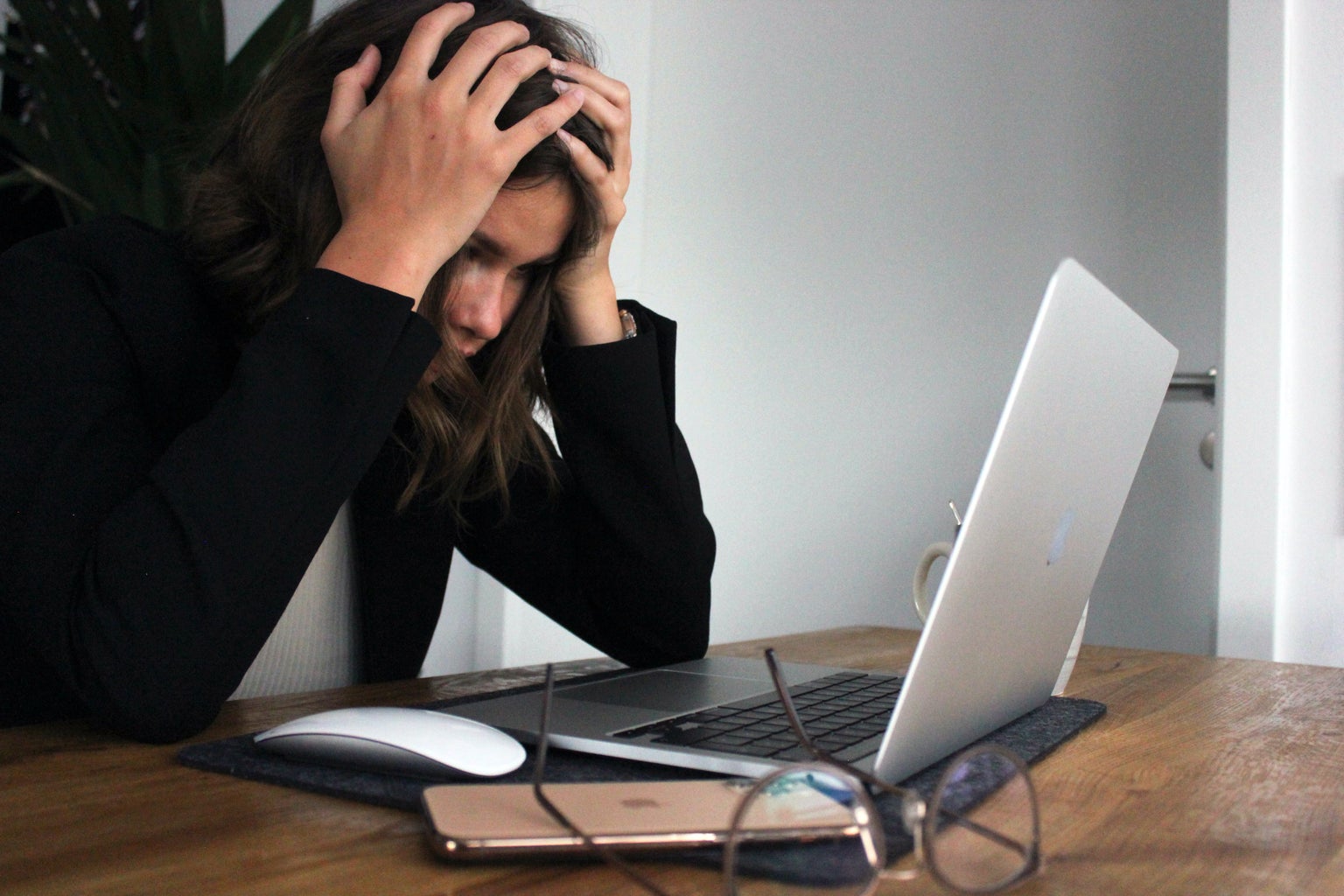If you’ve been on the internet these past few weeks, you’ve probably seen this new trend arise called “quiet quitting”. But what is that? Well, despite the terrible name, which gives completely the wrong idea, “quiet quitting” is basically when workers do only the job they’re being paid to do. Nothing more, nothing less, only exactly what they’re being paid. Is that a bad thing? Well, if basic work-life balance seems bad for you, then yes, and whoever coined this term, certainly thinks like that as well.
The name “quiet quitting” itself is pretty biased, suggesting that there is a work standard in which employees must take on extra hours and do tasks outside their job description to grow as a professional – making it seem like choosing to do only what you’re being paid to do is wrong.
It all started when engineer Zaid Khan popularized this trend with a viral TikTok video in July. “You are still performing your duties, but you are no longer subscribing to the hustle culture mentally that work has to be our life,” he says in the video. Appealing particularly to Gen Z and younger Millennials, who joined the workforce amidst the pandemic, “quiet quitting” is the way they found to preserve their mental health while dealing with so many stressful historical events going on in the world.
The pandemic forever changed some aspects of our lives – health, relationships, activism, and work is just another of them. Working remotely meant people were constantly online, and what started at innocently checking an email at 10 pm, made its way into 12, 13, and 14 work-hours. People have been experiencing burnout like never before: 32% of the Brazilian workforce, according to the International Stress Management Association (ISMA). That increase made the World Health Organization (WHO) finally recognize it as a workplace syndrome at the beginning of the year:
“Burnout is a syndrome conceptualized as resulting from chronic workplace stress that has not been successfully managed. It is characterized by three dimensions: feelings of energy depletion or exhaustion; increased mental distance from one’s job, or feelings of negativism or cynicism related to one’s job; and reduced professional efficacy.”
Putting yourself first
Mercer’s 2022 Global Talent Trends Study showed that 81% of employees worldwide are worried about burning out this year. This is when “quiet quitting” comes in, as a way to prevent burnout from actually happening.
Living these past two years with constant life-threatening situations made many people question their real priorities, putting their mental health first. The IPSOS Global Happiness Report 2022 stated that “mental health and well-being” is the second greatest source of happiness for 53% of people, only behind of “physical health and well-being”. And as people start to put their mental health first, they realize they don’t have to live for work.
“Quiet quitting” may say more about the company than about the employee. It has nothing to do with laziness, but it’s all about poor leadership management and toxic work environments, which leave the employee completely disengaged and working purely for survival.
So is this “quiet quitting” trend a real problem that needs to be solved? Well, partly. While it’s great to see people prioritizing their mental health and having a work-life balance, it’s also important that companies improve their environments to keep their employees in a healthy work routine.
————————————–
The article above was written by Helena Gonçalves and edited by Amanda Moraes. Liked this type of content? Check out Her Campus Cásper Líbero home page for more!



